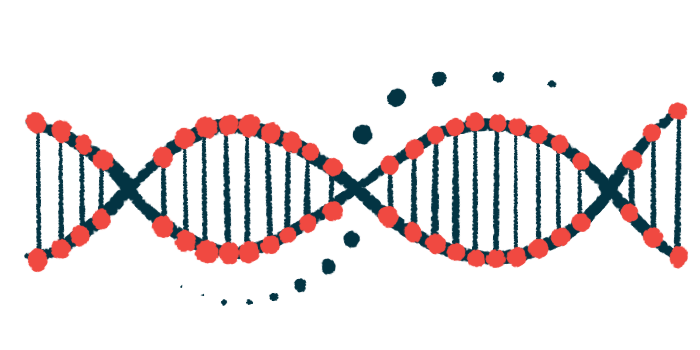Findings can differ in 2 genetic tests guiding ovarian cancer treatment
Platforms search for BRCA1, BRCA2 mutations that affect PARP inhibitor use

Discrepancies were identified between two genetic analysis platforms used to detect mutations that guide the treatment of ovarian, fallopian tube, or primary peritoneal cancers in a recent study.
Most of the discrepancies were due to differences in reference databases used to interpret the findings of a genetic analysis, the researchers said.
“Careful interpretation and further studies for the cross-validation of gene analysis platforms are needed,” they wrote in the study “The discrepancy of somatic BRCA1/2 pathogenic variants from two different platforms in epithelial ovarian, fallopian tube, and peritoneal cancer,” published in Nature Scientific Reports.
BRCA1 and BRCA2 mutations seen as risk factors for gynecological cancers
Epithelial ovarian cancer, the most common type of ovarian cancer, fallopian tube cancer, and primary peritoneal cancer all form in the same kind of tissue and are treated similarly. Among the various risk factors for these gynecological cancers are inherited mutations in BRCA1 and BRCA2, genes that help repair DNA and prevent cells from growing out of control.
Such cancers typically are treated with surgery and platinum-based chemotherapy. More recently, PARP inhibitors, oral therapies that kill cancer cells by preventing the PARP enzyme from repairing damaged DNA, have been used. They are particularly effective in cancer cells with existing DNA repair problems, such as those with BRCA1 and BRCA2 mutations.
Therefore, genetic analyses to detect DNA repair defects are essential in identifying patients who may benefit from PARP inhibitors, the researchers noted.
Next-generation sequencing (NGS) is one type of genetic testing that can find mutations in genes’ DNA sequence, including BRCA1 and BRCA2. Homologous recombination deficiency (HRD) is another test that detects cancer cells with impaired DNA repair mechanisms by analyzing mutations in BRCA1 and BRCA2 and three types of DNA damage generated by HRD. These tests can be done individually or both at the same time.
Scientists in South Korea compared an in-house NGS platform with GreenPlan HRD by GC Genome using samples from the same patient group to assess differences. Each platform used different reference databases to interpret test findings.
Opposite results given to nearly 10% of women by two gene analysis platforms
A medical records analysis identified 679 women with epithelial ovarian cancer, fallopian cancer, or primary peritoneal cancer who underwent tumor screening. Of them, 325 had in-house tumor NGS testing, and 472 underwent the HRD test.
Of the 118 patients given both in-house NGS and HRD tests concurrently, about 1 in 6 (16.9%) were found to have disease-related mutations in the BRCA1 or BRCA2 genes.
Still, 11 of these 118 women (9.3%) had negative results on the in-house NGS platform and positive results with the HRD test. Nine (82%) of these patients had the same mutation.
Conversely, three patients (2.6%) had BRCA1/2 mutations detected by the in-house platform but negative results with the HRD test. Overall, the discordance rate of BRCA1 or BRCA2 mutations from the different platforms was about 12%.
Most of the discordance came from 12 patients (85.7%) with high-grade serous carcinoma, which includes ovarian, fallopian, and peritoneal cancers. Two with discordant tests were diagnosed with endometrioid carcinoma and clear cell carcinoma, two subtypes of ovarian cancer that are associated with endometriosis, when cells lining of the uterus grow elsewhere in the body.
“In the case of a strong implication of a BRCA pathologic [disease-causing] variant with a negative result with one genetic test, different platforms could be employed in limited cases,” the scientists concluded. “Careful interpretation and further studies for cross-validation of gene analysis platforms are needed to ensure that patients benefit from PARP inhibitors.”




